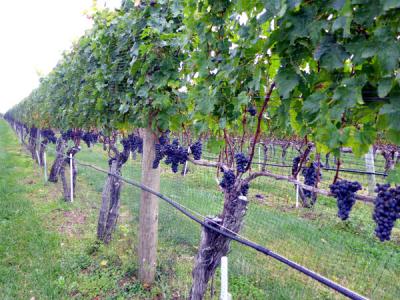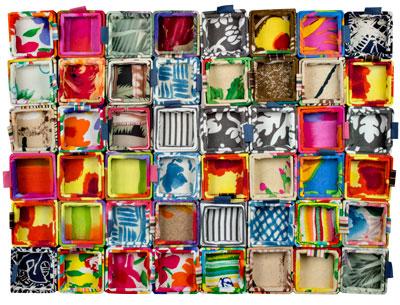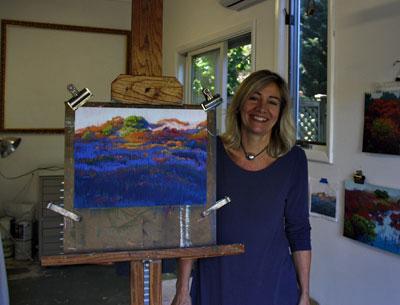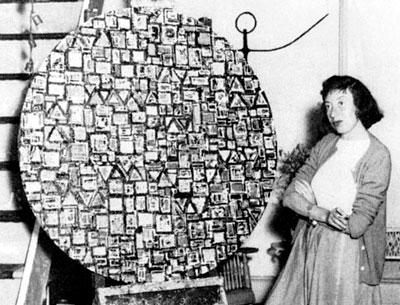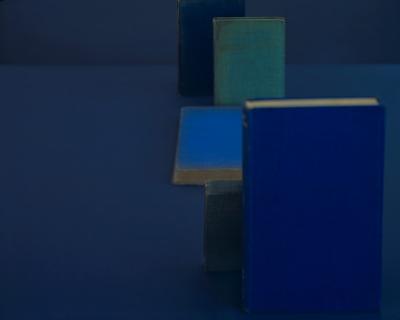Black’s Irish Music
Black’s Irish Music
Mary Black, a dominant presence in Irish music both at home and abroad for 25 years, will perform at the Basilica Parish of the Sacred Heart Jesus and Mary Catholic Church in Southampton tomorrow at 7 p.m. as part of her international “Last Call Tour.”
Throughout her career, Ms. Black has explored work available from new composers, rather than focusing on traditional but well-worn Irish ballads. She has released 11 studio albums, all of which went platinum, and has recorded and performed with such artists as Emmylou Harris, Mary Chapin Carpenter, Joan Baez, and Van Morrison.
Tickets for the concert are $32, $40 for premium center aisle, and can be purchased online at shjmbasilica.org.

